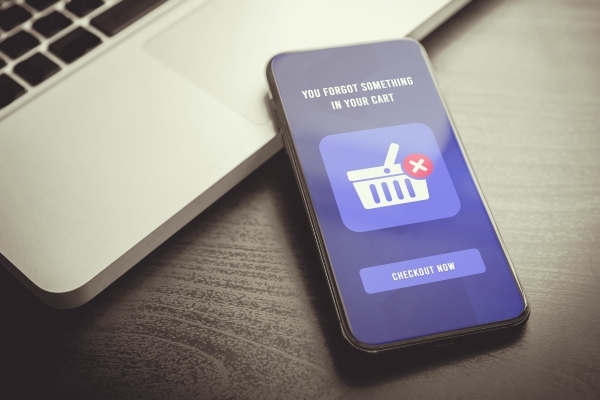
The History of the Website: From Novelty to Necessity
The internet is a staple in our lives today. We use it for everything from communicating with friends and family, to shopping and banking. But how did we get here? Who invented the internet, and how was it first used? In this blog post, we will take a look at the history of the internet, from its humble beginnings to its current status as a necessary part of our everyday lives.
When was the Internet Created?
The first iteration of the internet was created in the 1960s by a team of researchers at MIT. This early version of the internet was known as ARPANET, and it was designed to be a way for universities and research institutions to share information. ARPANET quickly grew in popularity, and by the 1970s, it had become a global network. In 1973, a scientist named Vint Cerf developed a protocol that would later become known as TCP/IP. This protocol allowed different networks to communicate with each other, which laid the groundwork for the modern internet.
By the 1980s, the internet had become commercialised, and companies like AOL and CompuServe began offering dial-up services to consumers. In the 1990s, the World Wide Web was invented, and the internet went from being a text-based network to the multimedia powerhouse it is today. Since then, the internet has continued to evolve, and it now plays a vital role in our lives.
The First Websites
The first website was created in 1991 by a man named Tim Berners-Lee. He was a scientist working at CERN, and he wanted to create a way for people to share information across the globe. His website, which was originally called WorldWideWeb, allowed users to view text and images on their computer screens.
The first website wasn’t created for business purposes; it was simply a way for Berners-Lee to share his research with others. However, it didn’t take long for businesses to realize the potential of the internet. In 1994, Netscape Navigator—one of the first web browsers—was released, and companies began creating websites that customers could use to purchase products and services online.
What did the first business websites look like?
The first business websites were pretty basic. They typically consisted of a single page with some contact information and maybe a brief description of the company. Some early adopters would include a few pictures or even a short video, but most businesses just stuck to text.
There was very little functionality and they were relatively slow to load, clunky and not particularly user friendly. If you were a business that had it’s own website you would have been ahead of the game.
The Internet and Websites Today
These days, businesses have to do much more to stand out online. A website is often the first interaction potential customers have with a company, so it needs to make a good impression. That means having an attractive design, easy-to-use navigation, and helpful content. Otherwise, users will simply click away and take their business elsewhere.
Creating a successful website is no small task, but it’s worth the effort. After all, an effective website is one of the most powerful marketing tools a business can have.
The internet has become a necessary part of life for many people. It is a place where people can go to find information on anything they want, as well as a place to communicate with others. The way that people use the internet has changed over the years, and it continues to change. Here are some of the ways that websites are used today.
People use the internet for a variety of reasons. Some people use it for school, others use it for work, and still others use it for entertainment or communication. The internet is a vast resource of information, and it can be used for just about anything.
User Experience
Websites today are much more user-friendly than they were in the past. They are designed to be easy to use and navigate, and they are full of information that people can use. Websites are also becoming more mobile-friendly, which means that they can be accessed from anywhere.
With mobile devices being used more and more, it’s important for website design to be responsive, or able to adapt to whatever device is being used. This ensures that everyone can have a good experience on your site, no matter how they’re accessing it.
Websites are also becoming more interactive. In the past, most websites were just a collection of text and images. Today, many websites are designed to be interactive and engaging. They may include features such as forums, blogs, and social media integration.
The way that people use the internet is always changing, so websites must change with it. By keeping up with the latest trends, you can ensure that your website is always user-friendly and full of the latest information.
Not Just a Website
If you’re running a business in the modern age, you need more than just a website. Sure, a website is essential – but it’s not enough on its own. You also need to be thinking about SEO, content marketing, social media, and more.
Here’s why:
In the past, having a website was enough to ensure that your customers could find you online. But today, there’s so much competition out there that simply having a website is no longer enough. You need to make sure that your site can be easily found by potential customers through search engines like Google. And you need to make sure that your content is engaging and informative enough to persuade people to actually use your products or services.
SEO, or search engine optimization, is one way to make sure that your site can be easily found by potential customers. Content marketing is another way to ensure that your site provides value to its visitors. And social media can help you connect with potential customers and create a community around your brand.
If you’re not thinking about all of these things, you’re missing out on valuable opportunities to grow your business. So don’t wait – start working on your SEO, content marketing, and social media today!
Contact us today for an initial chat about your requirements!








